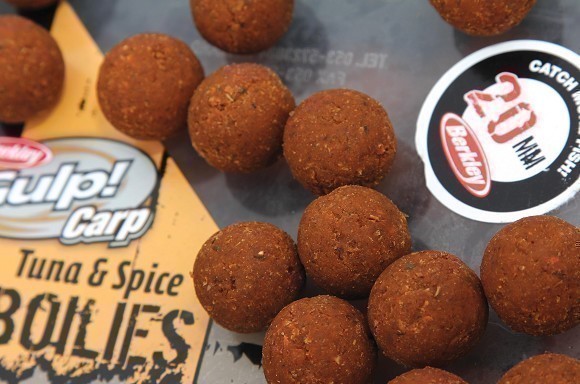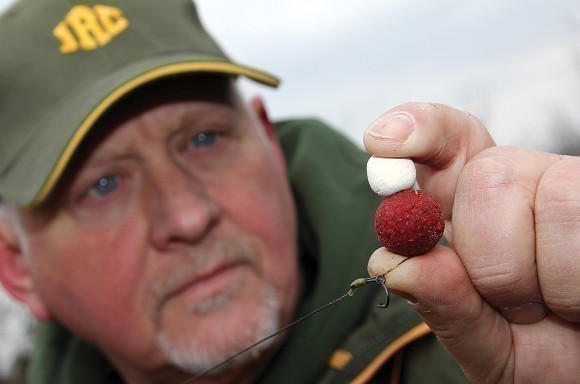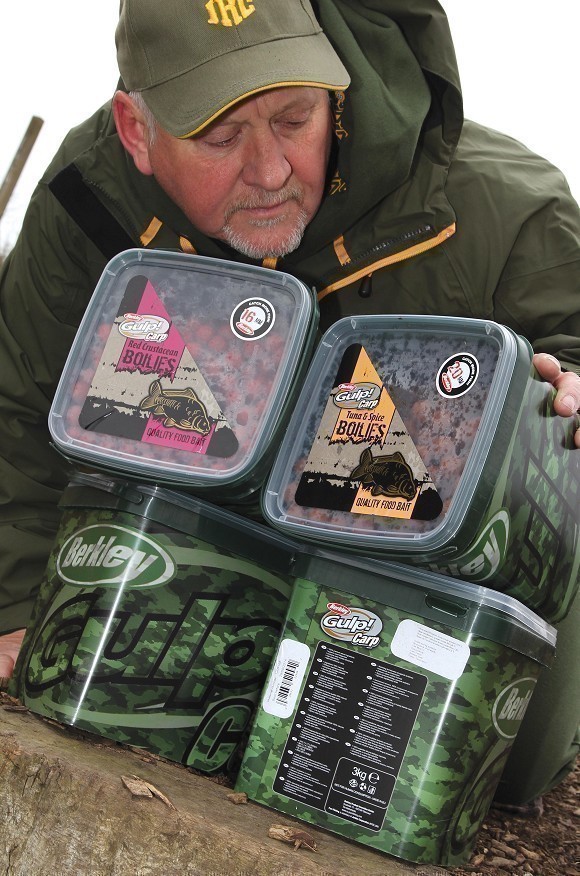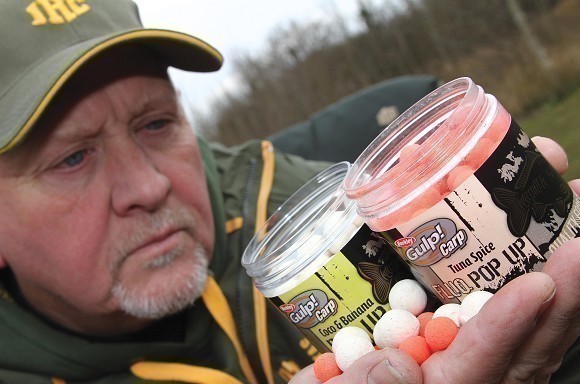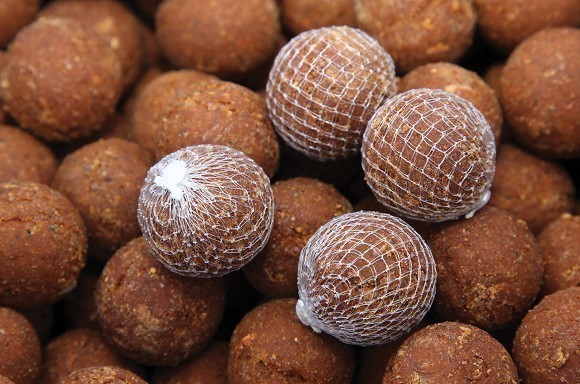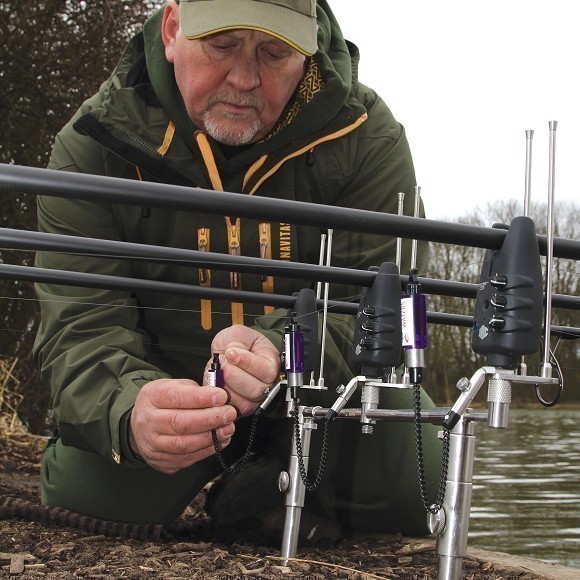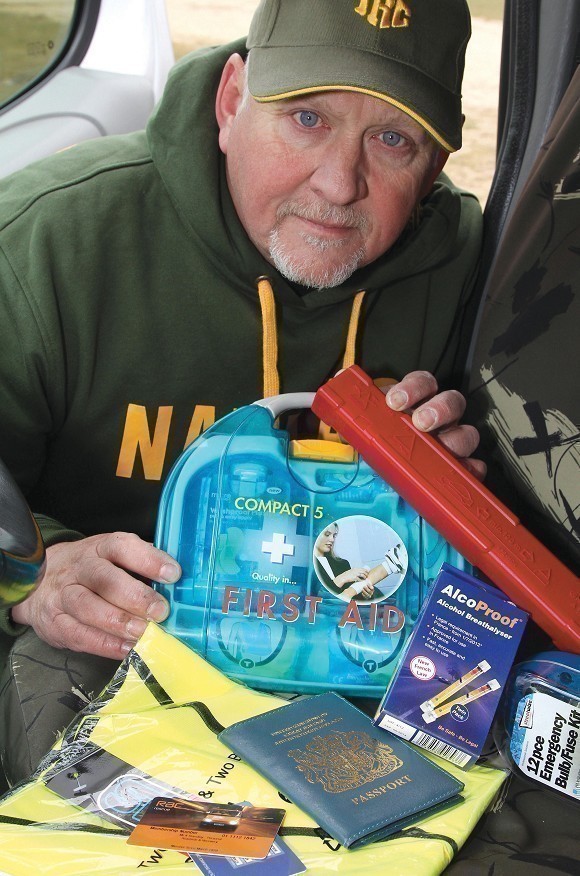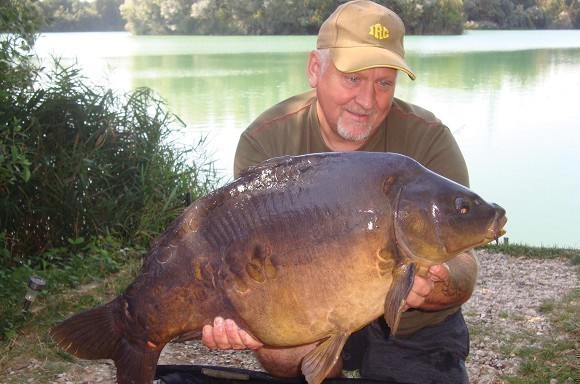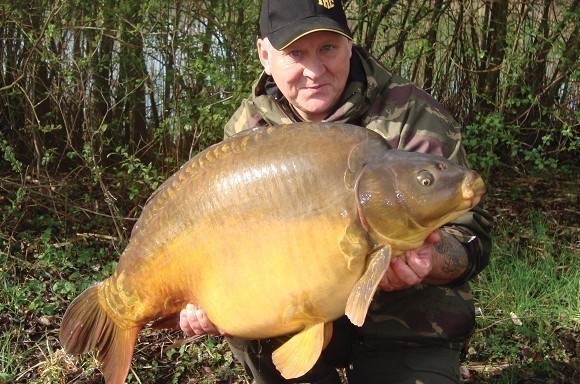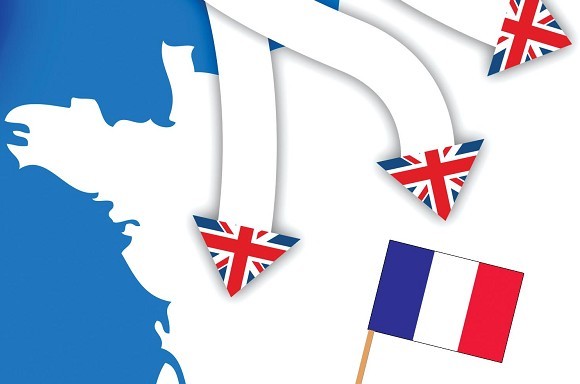
How to catch a load in France
Planning a fishing trip to France this summer? Well to help make it a trip to remember we’ve ten top tips from experienced French venue carper and bailiff, Keith Standley.
Tip 1: Scale up your hook size
“Most French fisheries hold a much higher average size of carp than we’re used to in the UK, and some will be home to other giants such as large catfish, perhaps weighing over 100lbs!
So much of the tackle you take on a French trip needs to be stepped up a little from what most anglers will use in the UK, starting with hook size. The chances are a fair few thirty and forty-pound fish are going to be swimming about in your chosen French venue and these fish may have mouths the size of an orange or bigger and to locate a good hook hold you often need a big hook. So make sure you pack some hooks in size 4 or even size 2 to help bring one of these beasts to the bank.”
Tip 2: Use larger baits
“There really are some huge specimen carp across the channel in France, with huge bellies and appetites to match. So you can afford to use a bigger size of bait, especially when it comes to boilie baits. Yes, you may still be including smaller sized baits, such as particles or pellets, but when it comes to boilies I like to step things up a bit. Back in the UK I’m often using 10 and 12mm baits, whereas over in France 20mm boilies will be the average for me. It makes things easier when matching hookbaits to a larger hook size, and I can get bigger, weightier boilies much further in the throwing stick.”
Tip 3: The snowman rig
“For me, this rig really comes into its own when I’m out fishing in France. I think it’s because this type of presentation lends itself very well to two things we’ve already covered i.e. bigger hooks and bigger baits. With say, a 16 or 18mm pop-up positioned above a 20mm bait on the Hair you can easily create a nice big hookbait that’s actually ‘critically-balanced’ and refined. Any investigation of the hookbait will see it fly-up into the oblivion, which is the mouth of a big French carp. Use a bright pop-up (white is a personal favourite of mine) as the topper to add attraction and also give the fish something to home in on. Give it a try it.”
Tip 4: Shelf-life boilies
“Two questions I do get asked a lot is, “How much bait do I need?” and “How do I keep my bait from going-off during a week in France?”
The answer to the latter is simple really, in that I don’t bother taking frozen bait to France anymore. Shelf-life baits are
so high-quality these days that I stick with them and remove any worries about my bait turning bad. As for quantity that can be a tricky one, but again shelf-life baits make things easier as you can take unused bait home again. So for an average week in France I’ll take 12kilos (four three-kilo buckets) of boilies as a minimum.”
Tip 5: Singles to start
“One mistake I see a lot of anglers make when fishing in France is they dispatch a heap of bait the second they arrive at the lake. Now don’t get me wrong, I’m a fan of giving ‘em a bit and many fisheries in France are well stocked with big carp that can take some feeding. My advice would be to fish a single, bright hookbait on at least one rod for the first few hours. Busy commercial venues may see anglers arrive as another group leaves, so remember there may already be bait in your swim and in turn feeding fish. A stealthy single to begin with can often produce a quick bite.”
Tip 6: Take some particles
“Thankfully the days when you’d need to take bucket upon bucket of unprepared particles to France are long gone. Many French fisheries will now provide prepared particles and with the jars of quality, prepared particles readily available in the UK, you can simply take your own without using up too much space when packing for the journey. A jar or two of particle can help bulk up your feed, as well as hold carp determined to search out every morsel for longer. I really like the jarred mixes from Gulp! Carp that are PVA-friendly and therefore increase my presentation options.”
Tip 7: Protect your hookbaits
“One problem regularly encountered with French fishing is a fair few waters contain a high number of crayfish. Their sometimes-relentless attentions really can be a pain, especially when it comes to keeping a bait on the Hair long enough for a bite. Imitation and plastic baits can help, but what about when you want to match your feed with a boilie hookbait? The answer is to give the hookbait some armour, by wrapping it in a protective mesh. It’s a great method that doesn’t inhibit the flavour and release of attraction within the bait or alter its appearance too much, but it will combat those dreaded crays.”
To see how to mesh wrap your boilie hookbaits click the button below.
Tip 8: Indication and tight lines
“Some fisheries in France will provide their customers with the use of a boat and you can quite often find yourself fishing or rowing baits out at ranges well over 100yds. This has a massive bearing on the indication you’ll receive back at the bank, so I’ll change from my usual slack line tactics used back in the UK to having my lines set tight to the lead for maximum indication. This means you can hit the rod much quicker on the take, which I find very important in France where many of the lakes hold plenty of snags that the hooked carp love to head for.”
Tip 9: Bait up at the right times
“Baiting up at the right time is vitally important for any successful session, even more so when your fishing holiday includes meals and you need to reel in and eat at the fishery lodge or restaurant. So make good use of these periods where the lake is free from lines and reel in a little earlier before meals and bait up then. This will allow the carp to feed confidently in your swim while you and the accompanying anglers are away. Better still, have your rods clipped up and ready-to-go when you return to your peg and cast with little disturbance while everyone else is thrashing it up and spooking the carp.”
Tip 10: Travelling kit
“With all the excitement leading up to a French trip it’s all too easy to forget some of the essential items you’ll require to travel in France. Some are quite obvious, such as a UK vehicle symbol, ferry or train tickets and a valid passport, but do you have breakdown cover and will it cover you in France? Make sure you check these things before you depart, as well as all the items needed to legally drive in France. You must have a warning triangle and a Hi-Vis jacket, plus a First Aid Kit and two breathalyser packs. Right-hand drive vehicles will also need headlight deflectors.”



